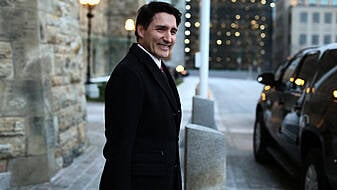The weekend will be spent counting votes in the local and European elections after people cast their votes on Friday.
There are 31 local government bodies in Ireland. Each county and city council is divided into local electoral areas with a specified number of council seats to be filled in the election.
In total, there are 166 electoral areas in Ireland and each of them elects a number of councillors. The number of councillors to be elected nationally is 949.
At the same time, EU citizens registered in Ireland were eligible to vote for 14 Members of the European Parliament (MEPs) across three varied constituencies: Dublin, South, and Midlands-North-West.
The MEPs are responsible for debating EU-wide legislation and working on the budget for the bloc.
The local and European elections are held every five years.
In the south west of the country, voters in Limerick city and county had the opportunity to directly elect a mayor. From now on, this vote will also take place every five years.
Counting has been under way for the local and European elections since 9am. However, results in Europe cannot be declared until late Sunday night when all EU member states have finished polling.
Ireland uses a system of proportional representation which allows voters to rank every candidate in each race by order of preference.
Candidates must reach a certain quota of votes in order to be deemed elected.
In the likely event that not enough candidates are above this threshold following the first count, hopefuls with the least amount of votes are eliminated and their votes are redistributed based on the further preferences on the ballot papers. The same occurs when a candidate is elected with a “surplus” of votes.
It means the paper ballots in each election, which are filled out with pencil or pens, are sorted and counted multiple times by hand.
The entire process is expected to last days.







